White Glazed Bowl from Target’s Hearth & Hand by Chip & Joanna Gaines: 37 ppm Lead (“Lead-Safe” — Learn More Here)
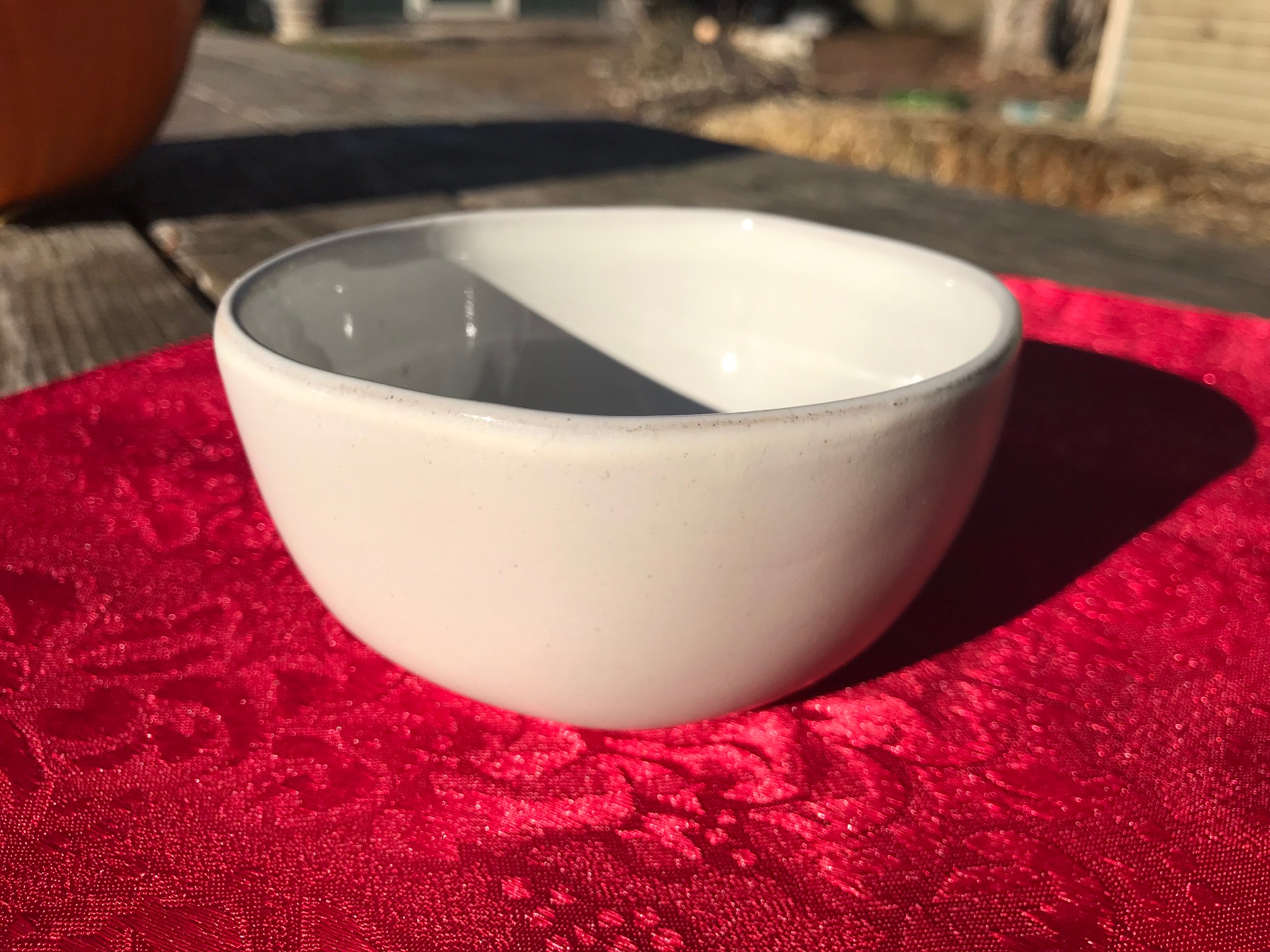
White Glazed Stoneware Bowl From Target’s Hearth & Hand With Magnolia Line by Chip & Joanna Gaines.
Related: #AskTamara: What do you use to test for Lead?
In scrolling through the Hearth & Hand with Magnolia products on Target’s website, I saw several items that would be good candidates to test with an XRF instrument – as my experience (testing similar items made of the same or similar materials by other companies) suggested they might test positive for Lead.
While I always hope that these products end up being Lead-free, I have tested enough products that I have found to unexpectedly have Lead (even a few that were/are marketed and sold as “Lead-Free”!) – that I never really trust that any product will necessarily truly be Lead-free without doing some actual testing myself.
Takeaway for this bowl (summary of results detailed below): The level of Lead found in the bare ceramic of this bowl is considered “Safe by All Standards”. Additionally the glazed portions of the bowl are Lead-free when tested with an XRF instrument (even though the substrate has trace/low-level lead)… this means that the glaze itself is Lead-free and is applied thickly enough that the instrument does not read the Lead underneath (and so there is no chance that the Lead in the substrate of this bowl would leach in a product like this.)
The exact XRF test results for the small white bowl pictured here were as follows – please scroll down…. (each test done was at least 60 seconds long and multiple tests were done on each component to confirm the levels.):
Hi Gloss White Interior Portion of Bowl (image above):
- Lead (Pb): Non-Detect (ND) / Negative
- Cadmium (Cd): Non-Detect (ND) / Negative
- Arsenic (As): Non-Detect (ND) / Negative
- Mercury (Hg): Non-Detect (ND) / Negative
- Barium (Ba): 2,041 +/- 170 ppm
- Chromium (Cr): Non-Detect (ND) / Negative
- Antimony (Sb): Non-Detect (ND) / Negative
- Selenium (Se): Non-Detect (ND) / Negative
- Zinc (Zn): 55,900 +/- 2,000 ppm
- Copper (Cu): 396 +/- 83 ppm
- Iron (Fe): 753 +/- 206 ppm
- Vandium (V): 302 +/- 58 ppm
- Titanium (Ti): 543 +/- 88 ppm
- Zirconium (Zr): 23,200 +/- 1,000 ppm
- Cobalt (Co): Non-Detect (ND) / Negative
- Manganese (Mn): Non-Detect (ND) / Negative
Please scroll down to continue reading (through all the images, and test results.)
Dull White Exterior Glaze of Bowl (image above):
- Lead (Pb): Non-Detect (ND) / Negative
- Cadmium (Cd): Non-Detect (ND) / Negative
- Arsenic (As): Non-Detect (ND) / Negative
- Mercury (Hg): Non-Detect (ND) / Negative
- Barium (Ba): 5,754 +/- 312 ppm
- Chromium (Cr): Non-Detect (ND) / Negative
- Antimony (Sb): Non-Detect (ND) / Negative
- Selenium (Se): Non-Detect (ND) / Negative
- Zinc (Zn): 15,200 +/- 600 ppm
- Copper (Cu): 421 +/- 74 ppm
- Iron (Fe): 1,083 +/- 234 ppm
- Vandium (V): Non-Detect (ND) / Negative
- Titanium (Ti): Non-Detect (ND) / Negative
- Zirconium (Zr): 16,800 +/- 600 ppm
- Platinum (Pt): 319 +/- 121 ppm
- Cobalt (Co): Non-Detect (ND) / Negative
- Manganese (Mn): 1,065 +/- 380 ppm
Unglazed Bare Ceramic Bottom of Bowl (image below):
- Lead (Pb): 37 +/- 13 ppm
- Cadmium (Cd): Non-Detect (ND) / Negative
- Arsenic (As): Non-Detect (ND) / Negative
- Mercury (Hg): Non-Detect (ND) / Negative
- Barium (Ba): 964 +/- 62 ppm
- Chromium (Cr): Non-Detect (ND) / Negative
- Antimony (Sb): Non-Detect (ND) / Negative
- Selenium (Se): Non-Detect (ND) / Negative
- Zinc (Zn): 89 +/- 23 ppm
- Iron (Fe): 22,100 +/- 800 ppm
- Bismuth (Bi): 67 +/- 14 ppm
- Vanadium (V): 566 +/- 56 ppm
- Titanium (Ti): 4,307 +/- 199 ppm
- Manganese (Mn): 1,661 +/- 292 ppm
So overall, I was pleasantly surprised with the levels on these bowl! [Click these links XRF readings for Green Bowl and Black Bowl from this set.]
I was excited to find the white glaze (which is consistently and thickly applied) is Lead-free (and free of other toxicants as well). This is the same as the green (and black) bowl also from this set (Link HERE.)
I would give this product a “Grade A-“, and while given my own super-stringent “zero tolerance” policy (as a stand, I believe that – while it isn’t necessarily always easy – it is definitely possible to achieve products that are consistently literally completely Lead-free), I might not choose to have a full set of these in my home, even with “trace” readings as low as these, I would certainly regard these bowls as “Lead-safe” — and would be comfortable eating off of them if you served me food in them when I was visiting your home.
These bowls are actually super cute too. I like this new trend of asymmetrical forming of new ceramic items (seemingly rough edges and wibbly sides, that are molded and the same across all pieces.)
I think it’s truly terrific that they obviously made an intentional effort to make sure the glazes are lead-free. That doesn’t happen by accident!
As always, thank you for reading and for sharing my posts.
Please let me know if you have any questions.
Tamara Rubin
#LeadSafeMama
To see more ceramic items I have tested for Lead, Click Here.
To read more about my concern for Lead in pottery and dishware, Click Here.
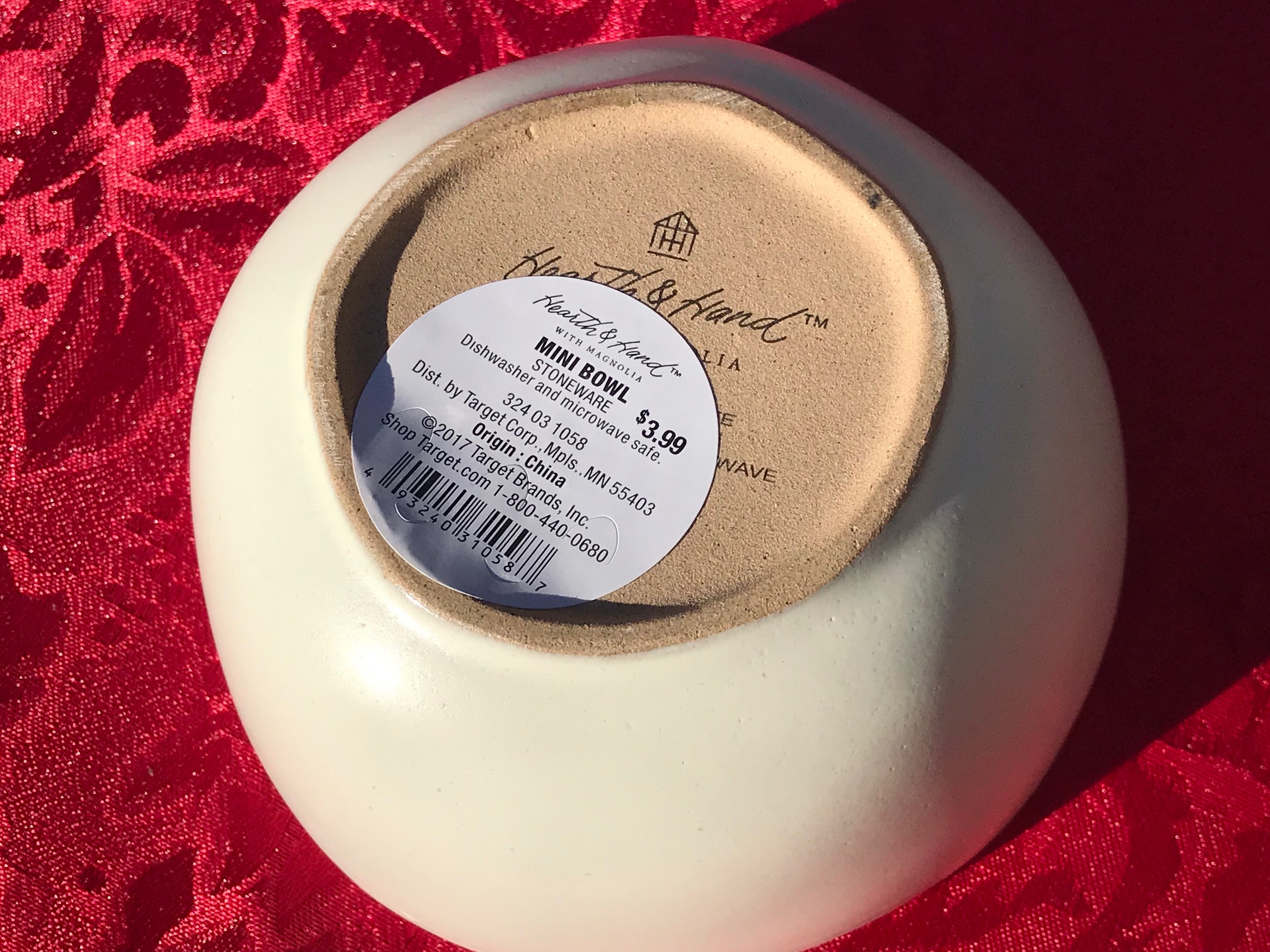
Never Miss an Important Article Again!
Join our Email List


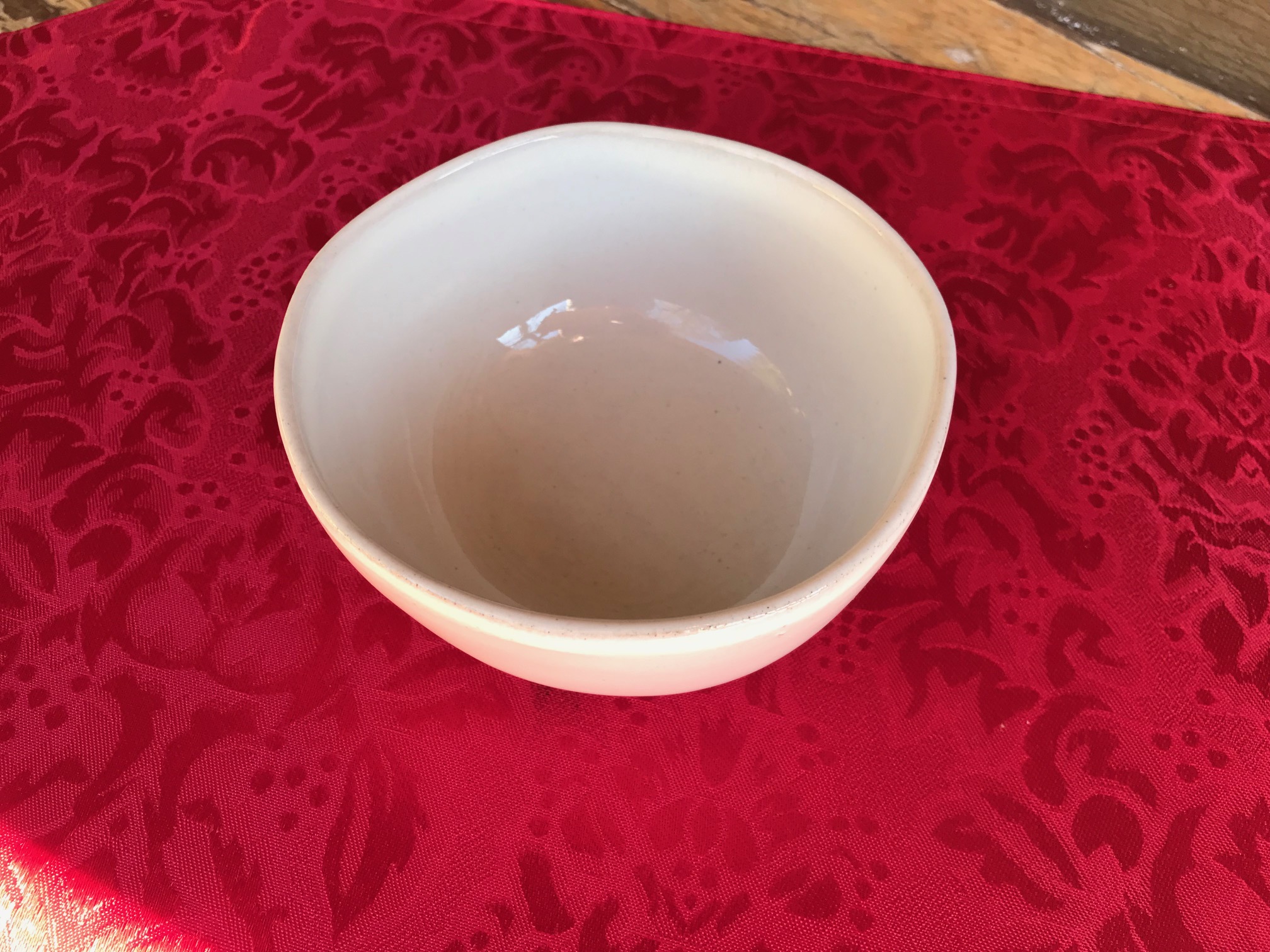
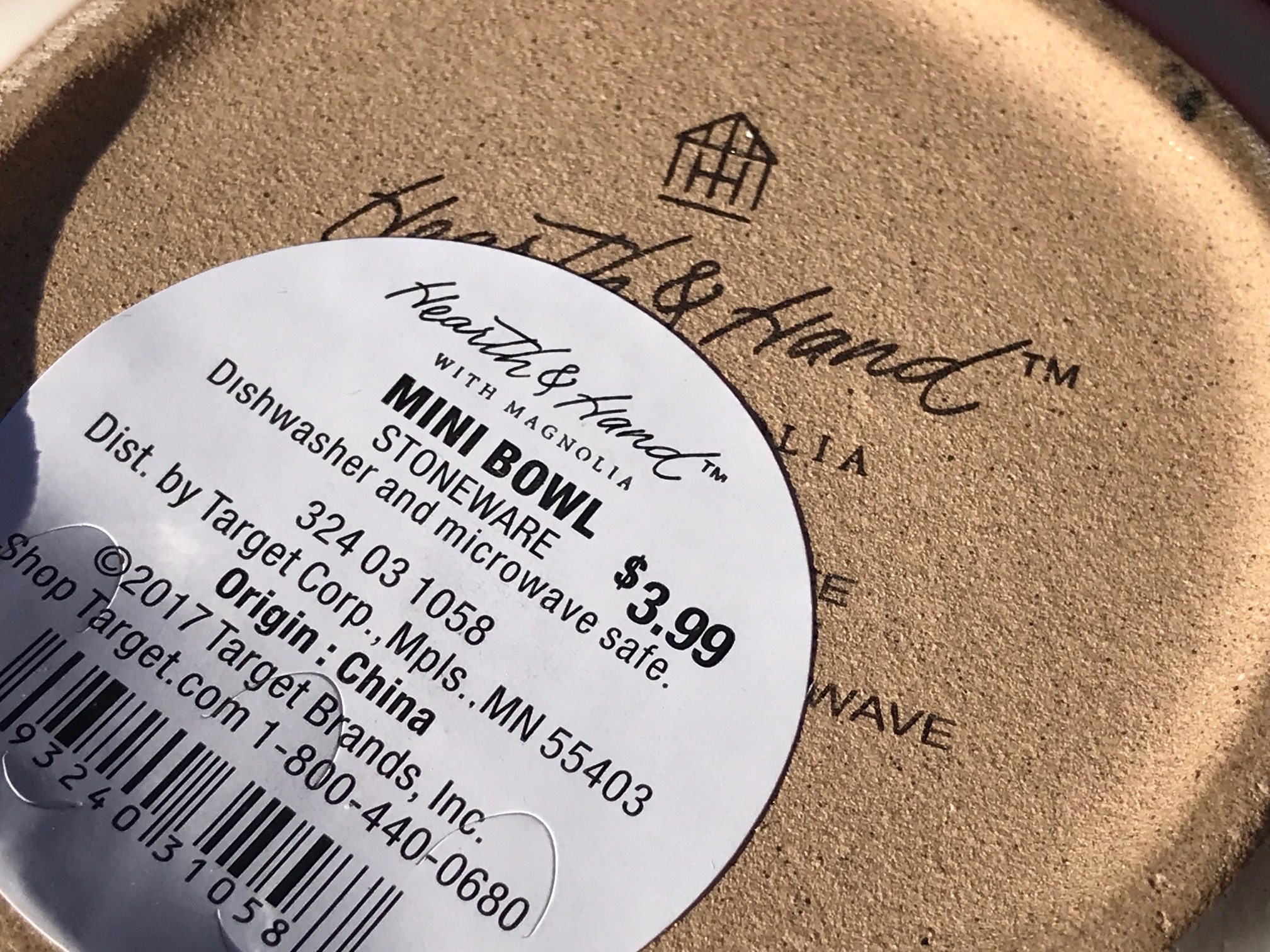
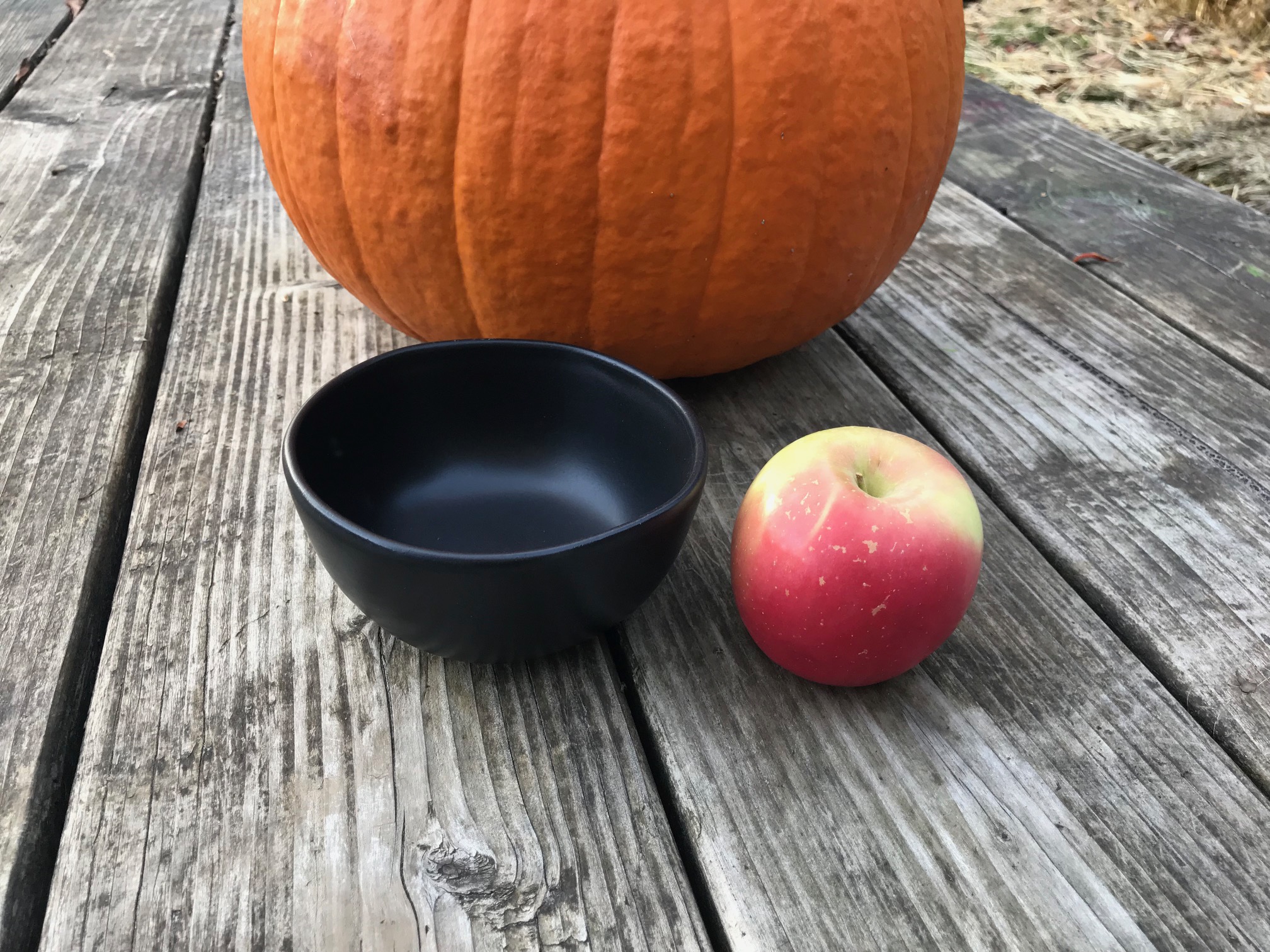

Hi Tamara, do you think plates in the same line would have lead free glaze? Thank you!
Thanks for doing this testing! You noted some levels of contaminants in the interior. Having used these for a while we are finding the glaze is fracturing – spider webs of cracks. Thick or not, is that a leach concern? Pretty but not durable.
Would it be possible for you to test the Sterling blue modern rim stoneware plates and pasta bowls by hearth and hand also. I’m concerned and all the scratches that appear after use. Could it be harmful?
I got a full set of these dishes from my wedding registry before my non-tox started and I am so happy these were tested!! Thank you!! I was thinking I had to get rid of them.
I’m glad you were able to find them here!
T
What about stacking bowls since the bare bottom has readable levels of lead, would the grinding & bumping onto eating surfaces result in lead transfer. Also what about discharge of lead from the bare areas onto eating surfaces on plates etc in dishwasher.